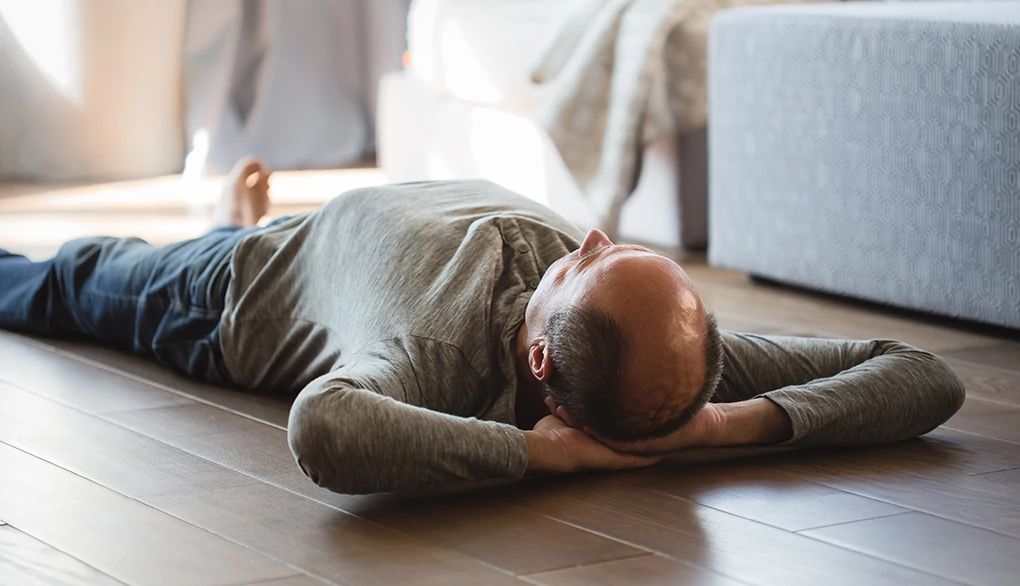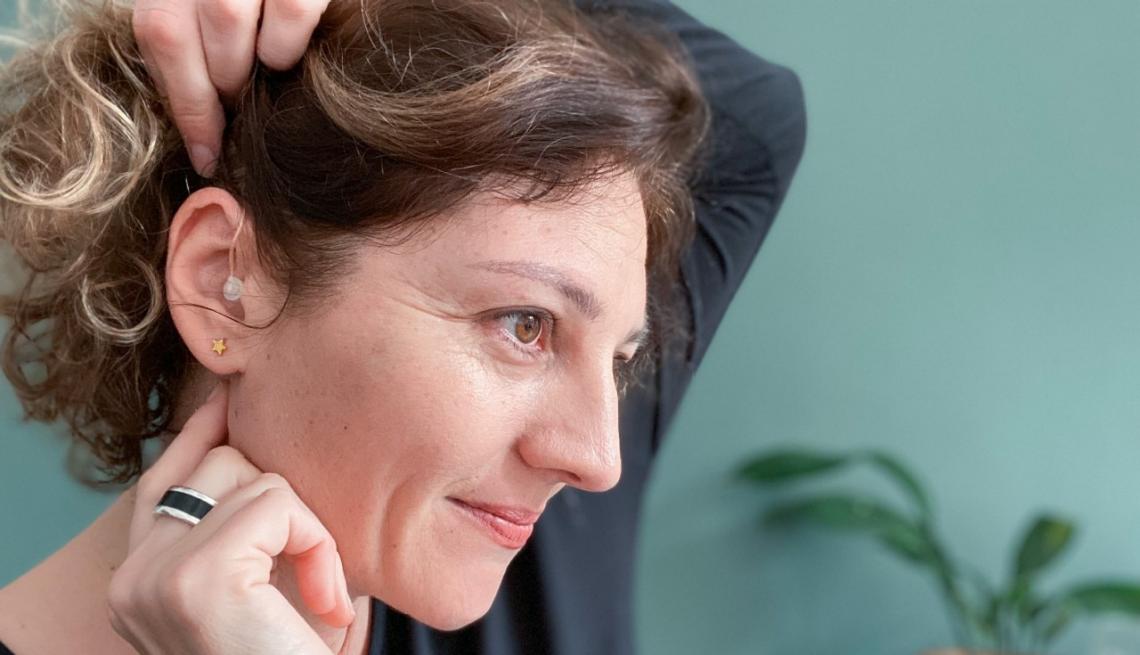Challenges


This copyrighted information is courtesy of Mindful.org
A good night’s sleep has a significant impact on our health — helping us feel more energized, less stressed, and able to perform better mentally. Unfortunately, many people struggle to get a full night’s sleep, with only 47 percent of Americans reporting they feel well-rested during the work week.
If you’re the kind of person who finds themselves wide awake at 3 a.m. contemplating the shadows on their ceiling, practicing mindfulness may offer the secret to sleeping better. A randomized clinical trial from UCLA found that mindfulness meditation improves sleep quality among older adults with sleep disturbances. The following guided meditation was used in that study to help people fall asleep. May it do the same for you.











More From Staying Sharp
Feeling Tense? Try Box Breathing
This simple technique may help you chill out
Nature Could Improve Your Mood
Improve your mood by spending time outside and learn how to maximize the benefits
Tai Chi May Help Support Brain Health
Slow movements and controlled breathing may also help build resilience